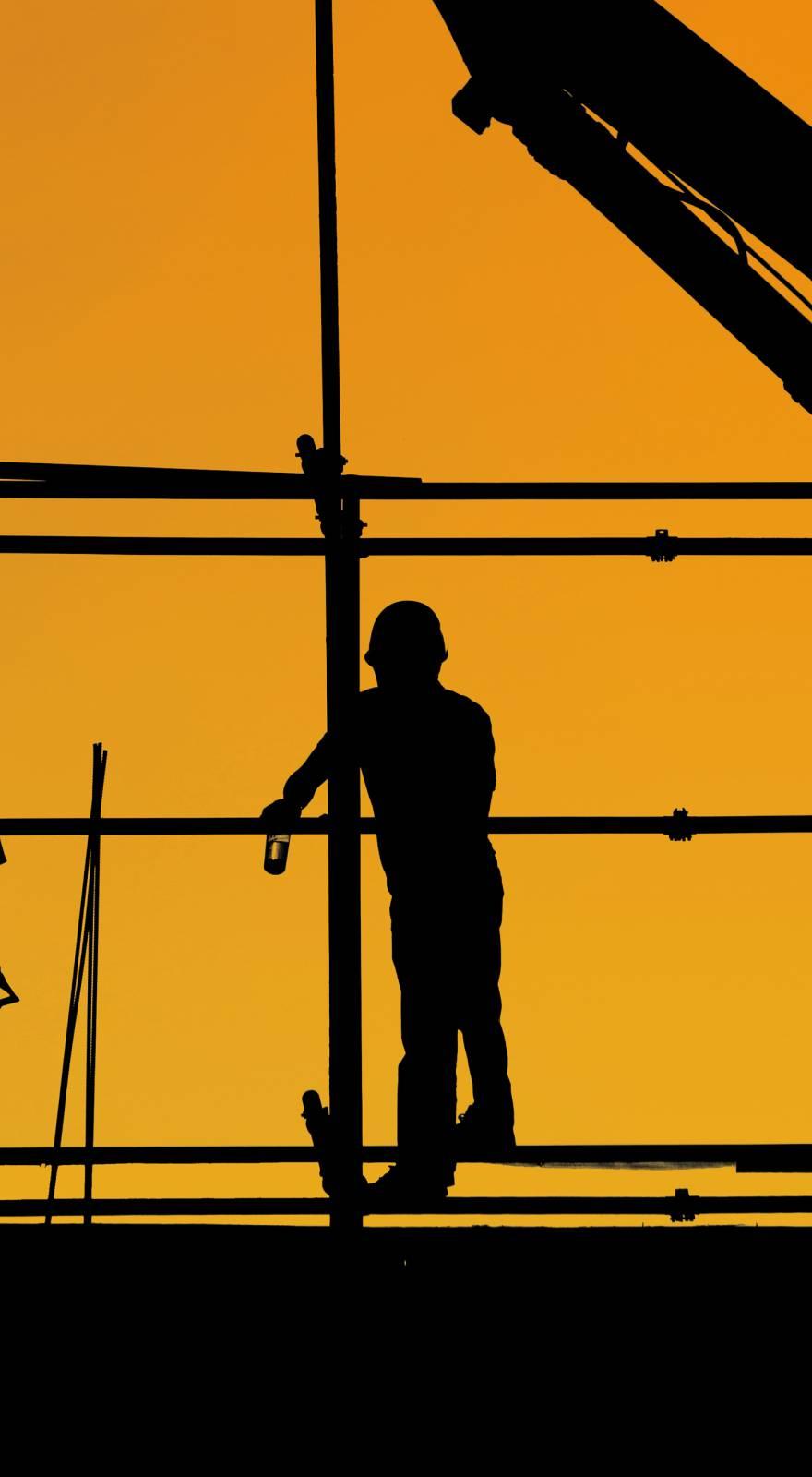Knowde Enhanced TDS
Identification & Functionality
- Chemical Family
- Polymer Name
- Technologies
- Product Families
Features & Benefits
- Labeling Claims
- Materials Features
- Product Characteristics
Duro-Bond PVC sheet lining is available in thicknesses 90 mils (2.3 mm) and 180 mils (4.6 mm).
- Advantages
- The elasticity of Duro-Bond PVC Lining allows thermal contraction and expansion without cracking and also minimizes the possible damaging effects of mechanical abuse. Because of its flexibility, bonding is obtained without difficulty, even on intricate contours.
- Duro-Bond PVC Lining is applied in sheet form with a smooth, polished surface finish, which makes the lining easy to clean and offers good solution flow. In addition, the electrical insulating properties of Duro-Bond PVC Lining are of value in many applications involving electrolytic reactions.
- Since heating or curing is not required, Duro-Bond PVC Lining can be shop or field installed.
Applications & Uses
- Markets
- Applications
- Plastics & Elastomers End Uses
- Uses
Duro-Bond PVC Lining offers resistance to a variety of chemicals including oxidizing acids such as chromic and nitric, and provides excellent abrasion resistance.
- Application
The installation of a completely homogeneous lining with Duro-Bond PVC Lining is carried out in two steps:
1. After proper cleaning and priming of the surface to be lined, Duro-Bond PVC Lining is cemented onto the surface, using a three part adhesive system, consisting of primers for the substrate and vinyl surfaces and a bonding cement. Tensile strength bonds between the lining and the lined surface in the range of 200 psi and peel values up to 50 lbs. per lineal inch are obtained.
2. The butt and corner joints formed between the individual Duro-Bond PVC Lining sheets are then sealed by using Duro-Bond PVC Lining sealing strips. These sealing strips are heat welded to the seams with a special hot air welding gun, resulting in a homogeneous lining which does not require any vulcanization or other curing.
- Method of Testing
All lined surfaces are visually inspected for surface defects. Any special dimensional tolerances required after lining are also checked. All lined areas are then spark tested for pinhole leaks using a dielectric spark tester adjusted to 10,000 volts. The tester is moved constantly and quickly over the lining surface to prevent a burn through.
- Repair Procedure
Duro-Bond PVC sheet lining can be shop or field repaired. The repairs to defective or damaged areas in the sheet lining are accomplished by cutting out the faulty area, grinding or grit blasting the substrate surface, preparing a piece of sheet of the same dimension, cementing it into position and subsequently welding the joints as described under Application. The repaired area is then inspected and spark tested to insure lining integrity.
Properties
- Color
- Physical Form
- Physical Properties
| Value | Units | Test Method / Conditions | |
| Chemical Characterization | Thermoplastic polymer | — | — |
| Melting point | 160.0 | °C | — |
| Upper Service Temperature | 70.0 | °C | — |
| Density (23°C) | 1.42 | g/cm3 | — |
| Tensile Strength | 45 -55 | N/mm2 | — |
| Elongation at Break | 20 0 | % | — |
| Solubility in water | Insoluble | — | — |
| Hardness Durometer | D 95 | — | — |
| Water Absorption | max. 0.01 | — | — |
| Flammability | V-0 | — | — |
| Thermal Expansion Coefficient 23 -150°C | 7 - 8 x 10-5 | mm/mm/°C | — |
Technical Details & Test Data
- Service Temperature
The maximum continuous service temperature for which Duro-Bond PVC Lining is recommended is 160°F (70°C). Corrosion resistant brick sheathing joined with one of the Electro Chemical corrosion resistant cements is used in conjunction with Duro-Bond PVC Lining when excessive temperatures are present. A 4" brick sheathing will provide a temperature drop of approximately 50°F, and an 8" brick lining will provide a drop of about 100°F. When carbon brick are used the temperature drop will be somewhat less.

